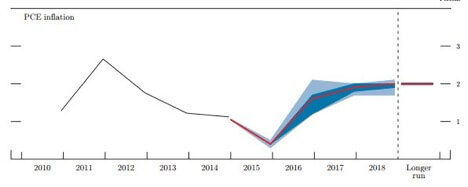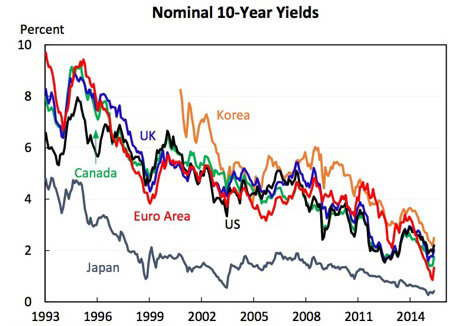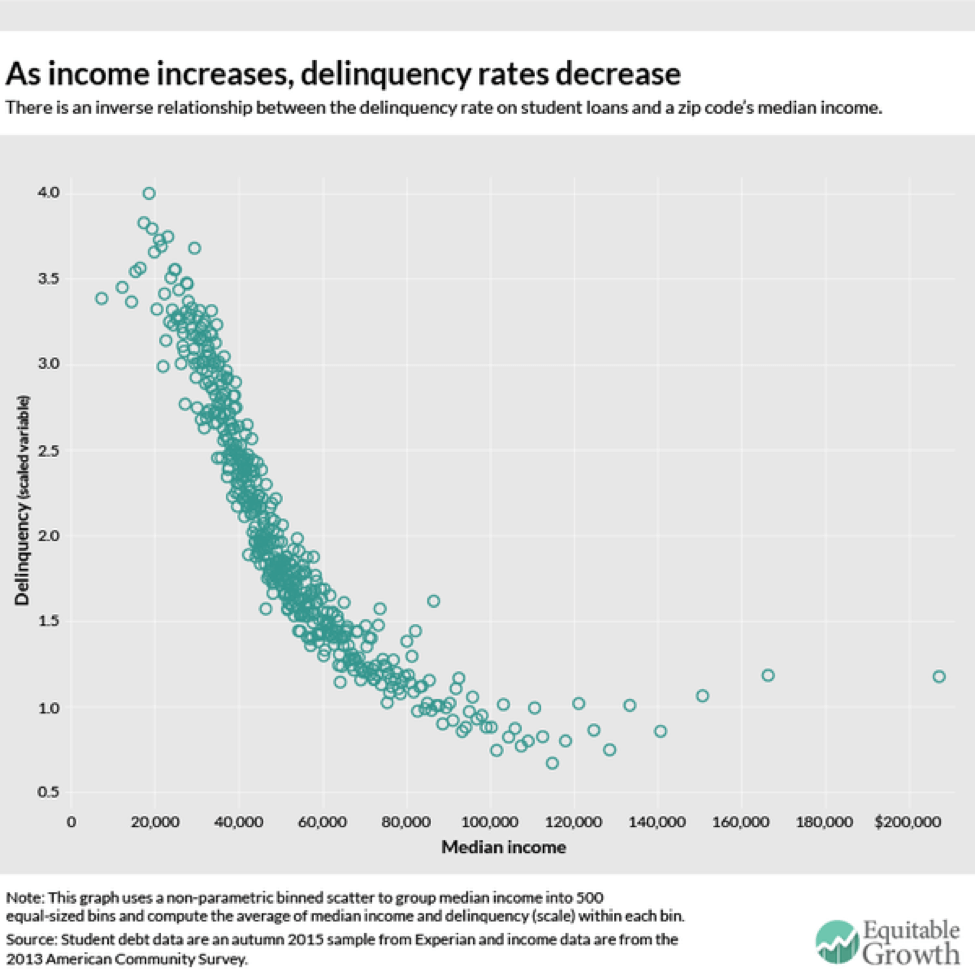With 2015 coming to a close, let’s take a look back at the 10 most popular Value Added posts this year:
Is higher education the answer to reducing income inequality? | January 13, 2015
Before President Obama’s State of the Union address this past January, we looked at the feasibility of increasing educational attainment to reduce income inequality. As we wrote then, “the sad reality is that higher levels of college education, once thought of as the best tool to reduce inequality, may no longer live up to the hype.”
Did credit really replace wage growth in the mid-2000s? | January 26, 2015
One of the dominant narratives after the U.S. housing bubble burst was that the increased credit that inflated the bubble was replacing weak wage growth. We wrote about a paper that challenged this narrative, in the first of several posts about the debate.
Technology and the decline in the U.S. labor share of income | January 15, 2015
Understanding why the labor share of income is declining is one of today’s most interesting debates in economics. The potential causes are numerous, but “technology” is one of the most popular. We dug into two different ways technological change could reduce labor’s share.
Where are U.S. data on the gig economy? | September 3, 2015
The rise—or at least the supposed rise—of the gig economy has been one of this year’s bigger economic stories. But in September, we went hunting for actual data about this big trend and couldn’t find much evidence in the data.
How does income inequality change over the business cycle? | February 19, 2015
When trying to compare levels of income inequality across time, it’s tempting just to use the most recent data. But incomes at different points in the distribution move in different ways during different points in the business cycle. Remembering this is important for analyzing long-term trends in inequality.
The unfulfilled promise of tax credits as economic policy | March 3, 2015
The U.S. tax code is chock full of credits and deductions that act as submerged social insurance programs. “At best, it works like a Rube Goldberg machine that attacks a problem by hoping that a chain reaction will do the job,” we wrote. “At worse, the machine doesn’t work for the broad majority of the population. The relevant question is now how to re-engineer it for future, more efficient use.”
The role of consumption in economic inequality | April 9, 2015
Of the major kinds of economic inequality, consumption often gets overlooked for income and wealth—partly because of the issues with data on consumption. But while data issues might hold us back a bit, what we do know about consumption inequality is quite interesting.
Is China the most worrisome debt crisis today? | June 30, 2015
This summer, China’s deepening debt problems sparked much debate and concern across the globe. Although the Chinese economy probably won’t melt down anytime soon, it’s worth looking at the country’s run-up in debt.
Trying to get a grip on the gig economy? | December 14, 2015
We returned to the topic of the gig economy earlier this month. New research shows that while there has been an uptick in independent contracting work across the United States, this increase predated the rise of companies like Uber, Airbnb, and TaskRabbit.
What’s aging got to do with the U.S. labor market recovery? | December 4, 2015
The weak U.S. labor market of the 2000s and 2010s has happened just as the Baby Boomer generation has started to enter retirement age. How much are demographics responsible for the low employment-to-population ratio? Evidently not that much.








